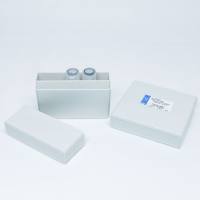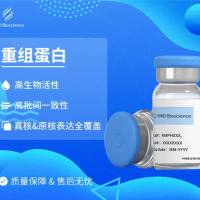Cotton Pistil Drip Transformation Method
互联网
545
Conventional plant transformation typically includes preparation of competent plant cells or tissues, delivery of foreign genes into cells, transformed cell selection with stable incorporated foreign genes, and regeneration of transformed cells into intact plants. This process traditionally relies on tissue culture, and cotton has not been an exception to this paradigm. Though the commercialization of transgenic cotton is a resounding success, cotton transformation, which is the first step in producing transgenic cotton, is a burdensome process since there is a very long tissue culture process and a limited number of cultivars that can be regenerated. An improved process which is easier to handle and more genotype independent could efficiently generate more transgenic plants and allow meaningful analyses of gene function and transgenic plants. Cotton pistil drip by inoculating Agrobacterium tumefaciens onto the pistil after pollination gave rise to stable transformants. Since this transformation process in cotton occurs following pollination and during fertilization (postanthesis) but not during preanthesis as in Arabidopsis , the mechanism by which Agrobacterium enters plant cells and integrates into the cotton genome may differ from that in Arabidopsis . This chapter provides the detailed protocol for pistil drip, a simple in planta transformation method without the plant tissue culture process.









